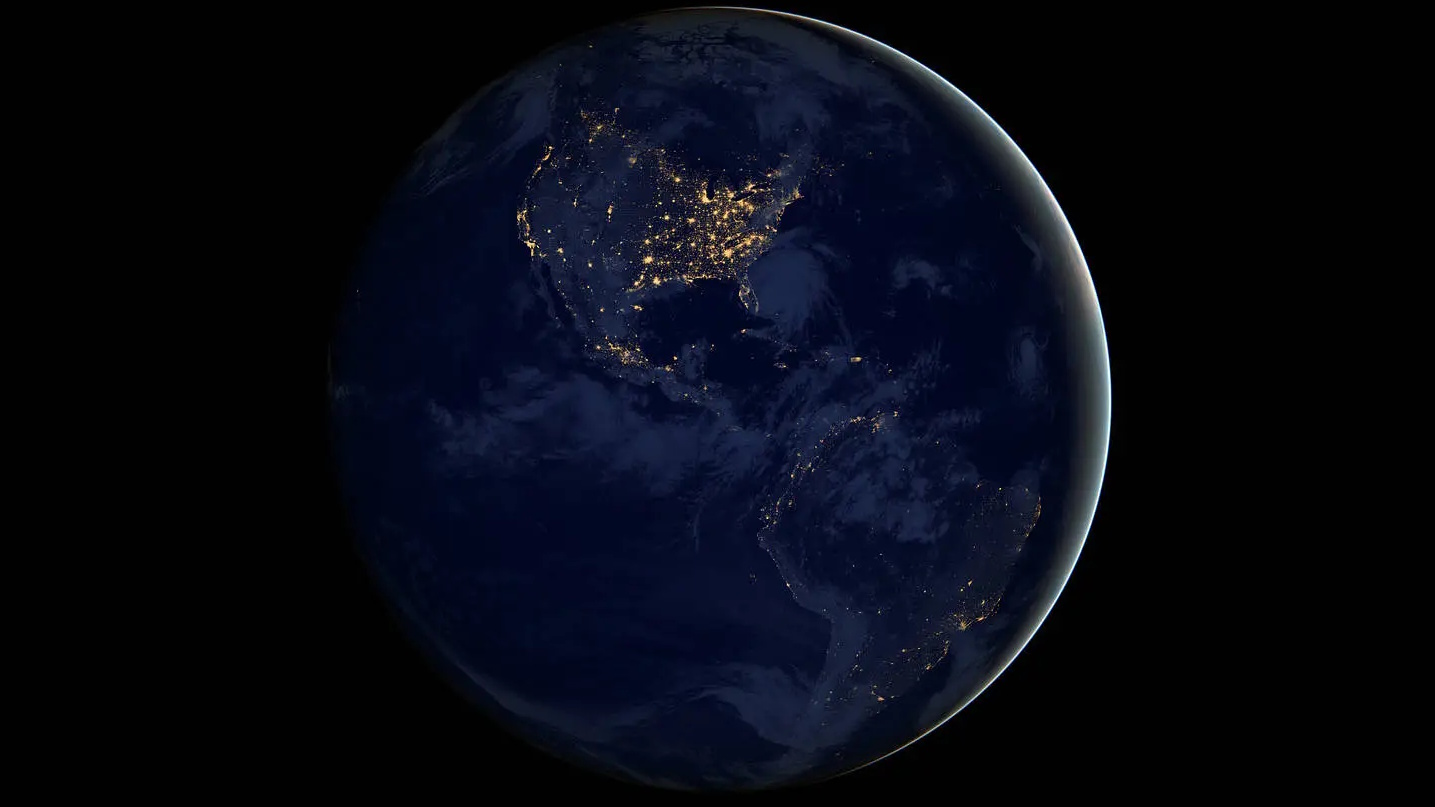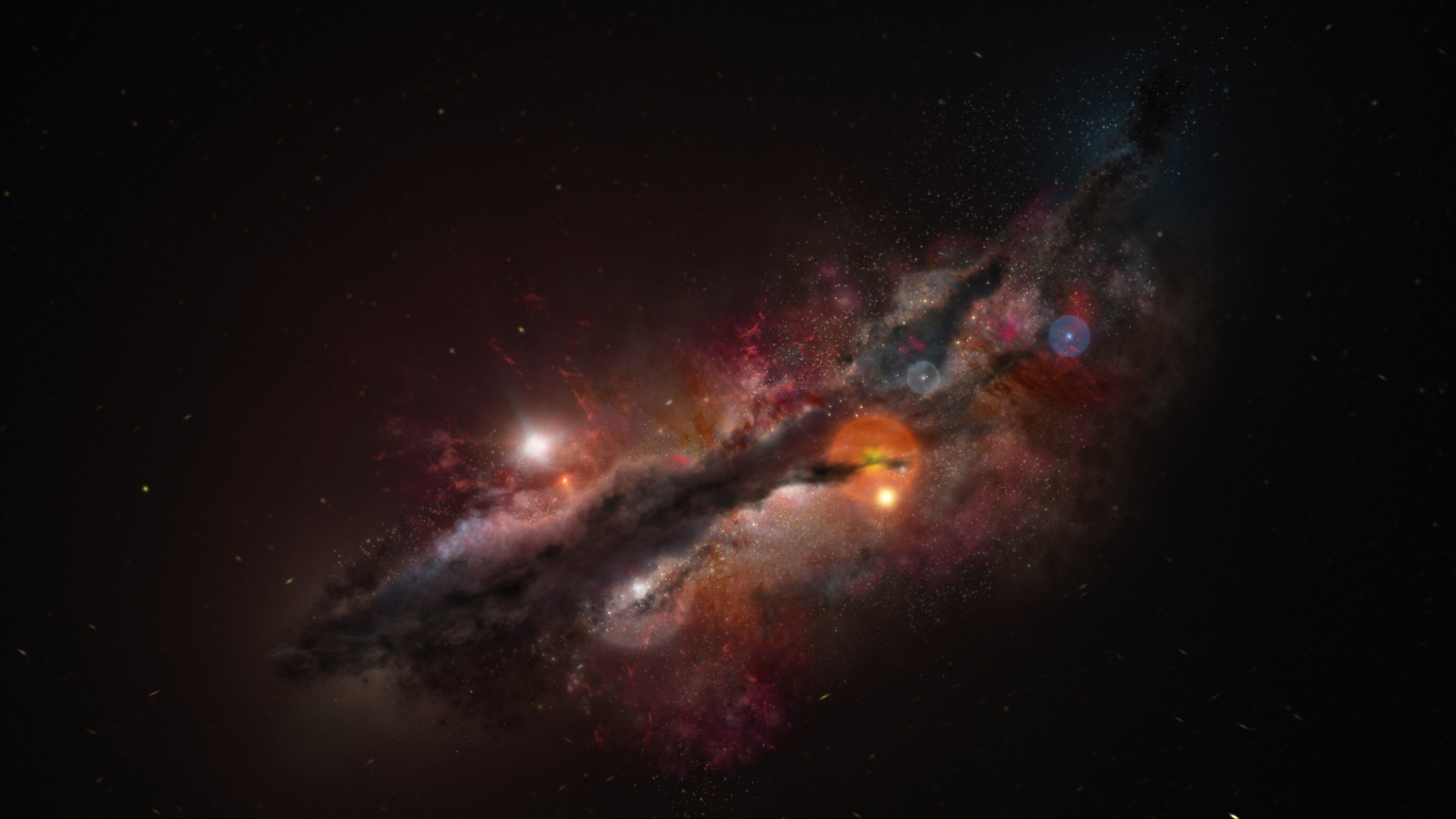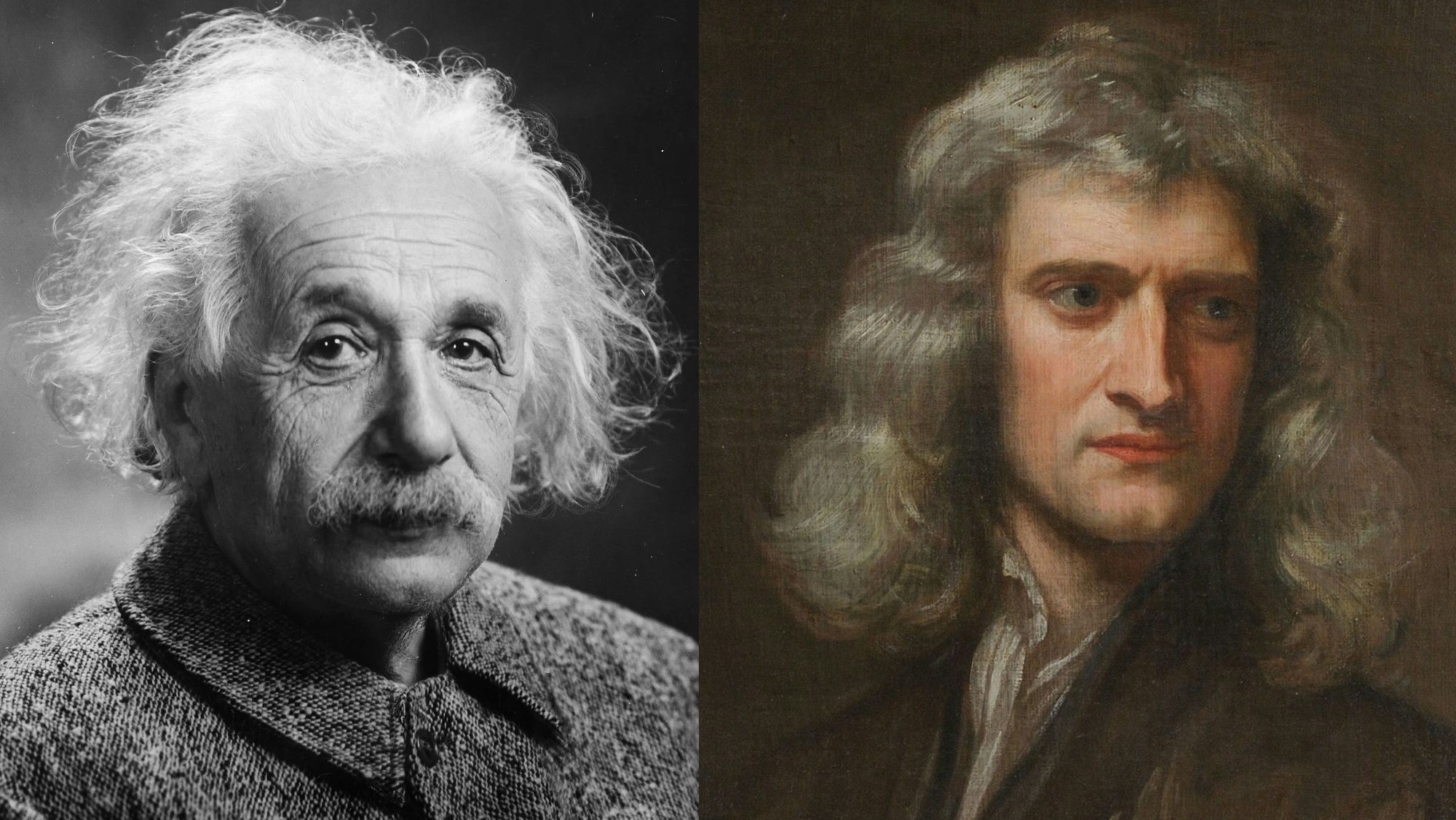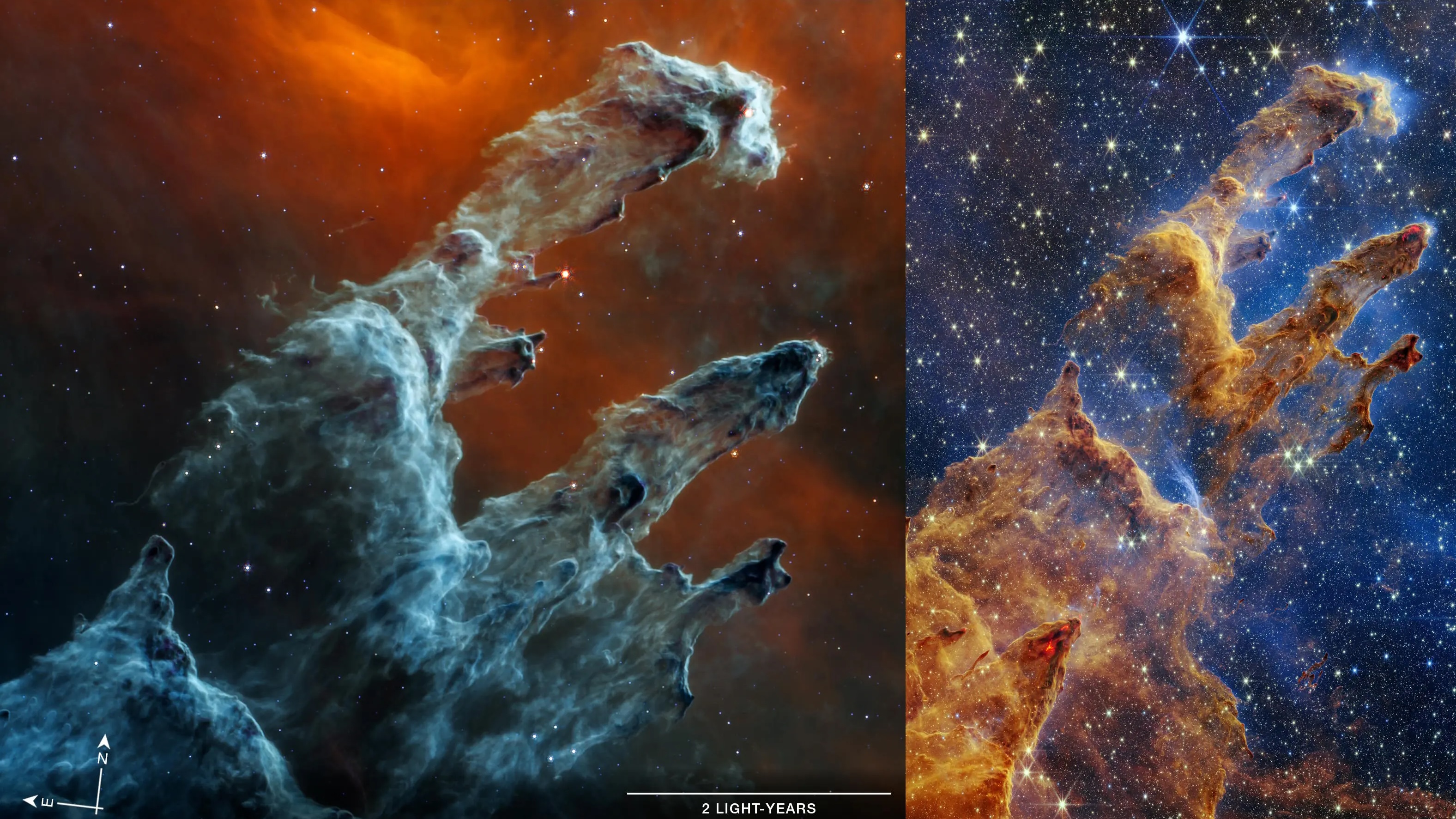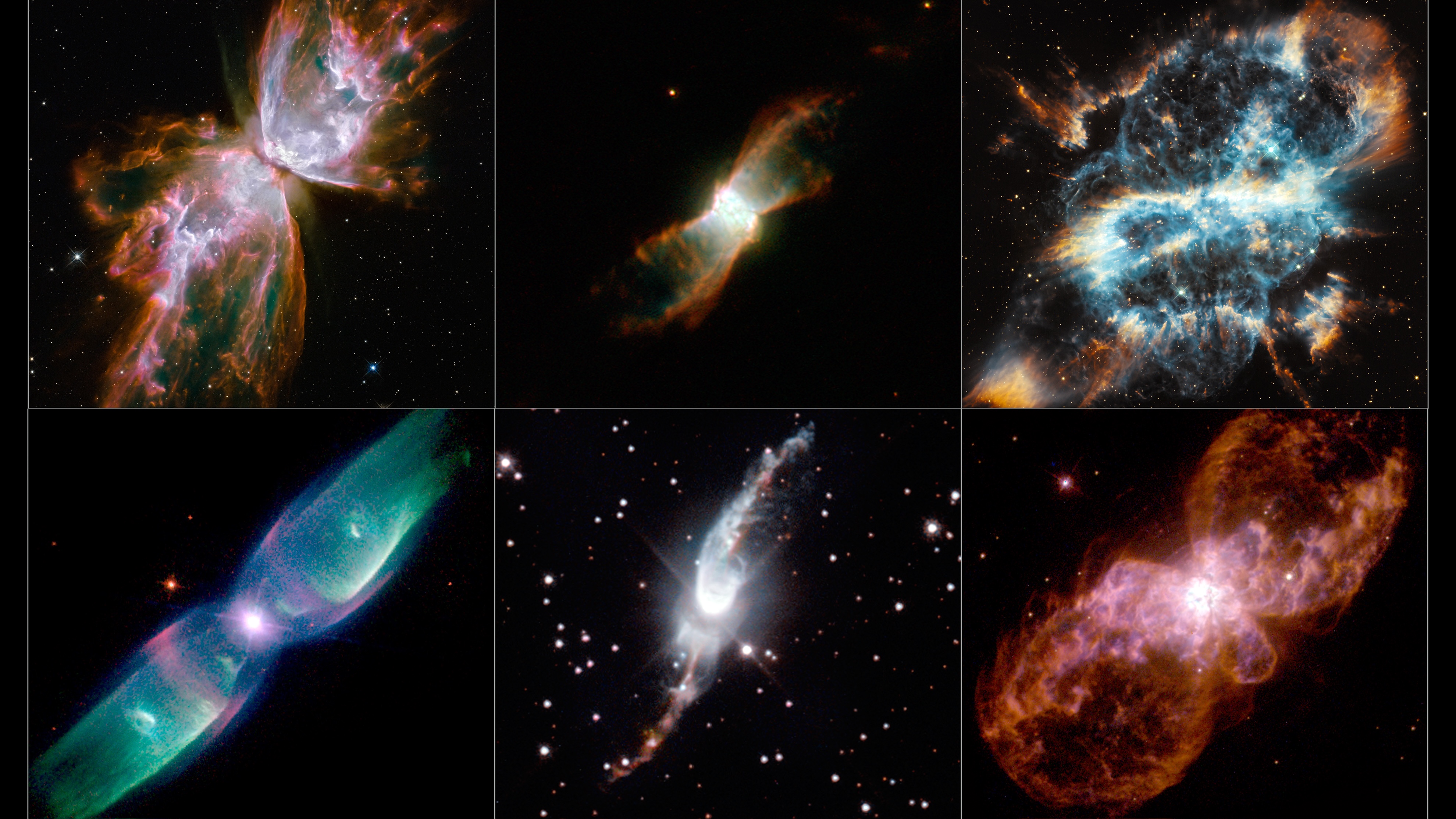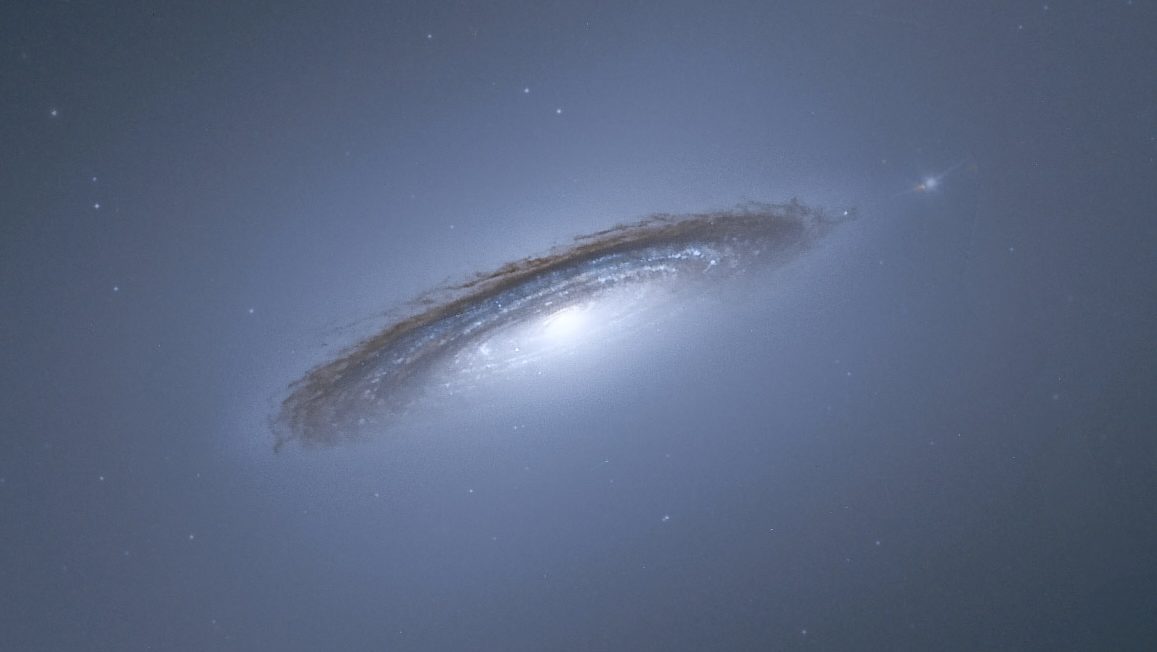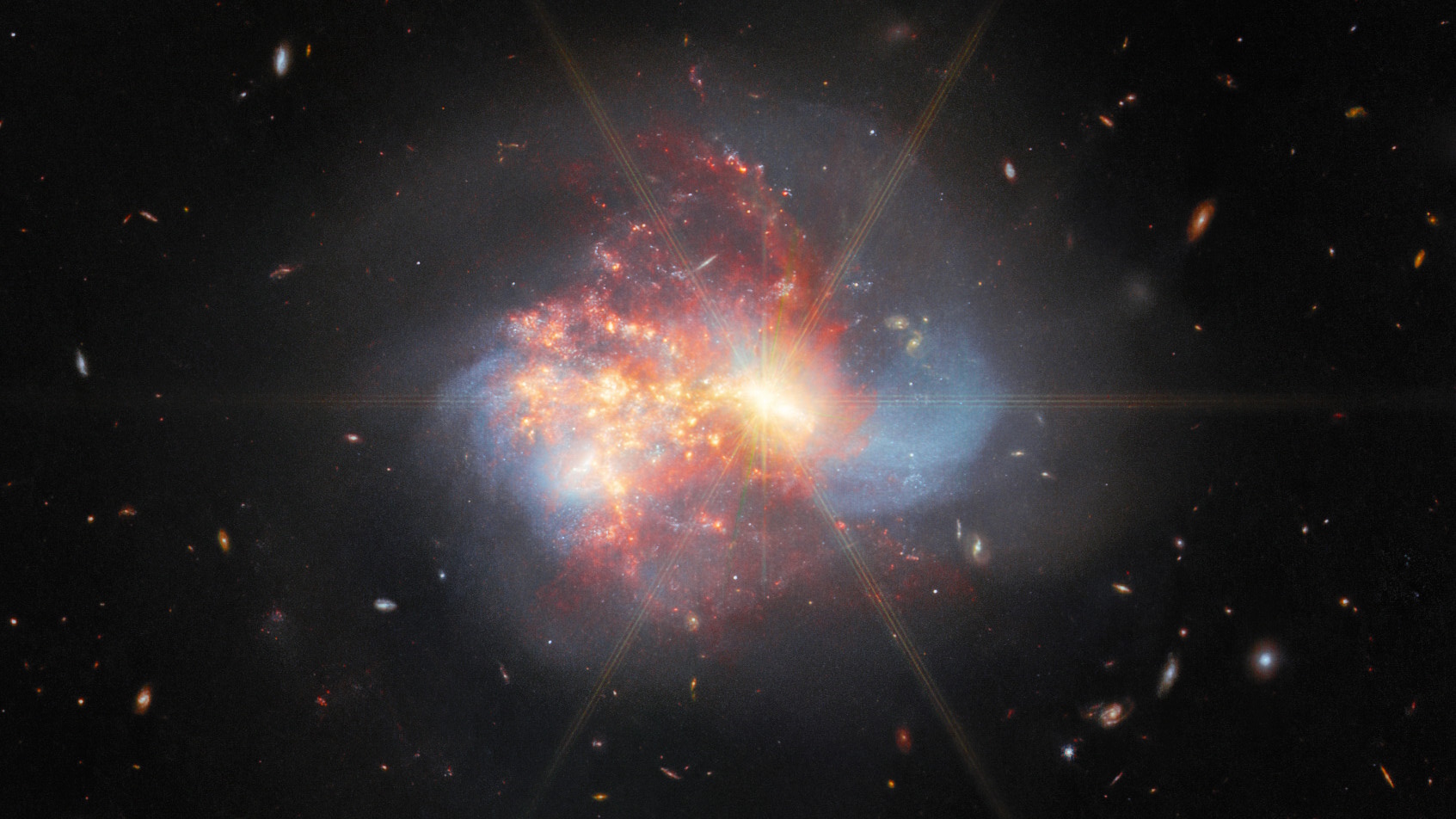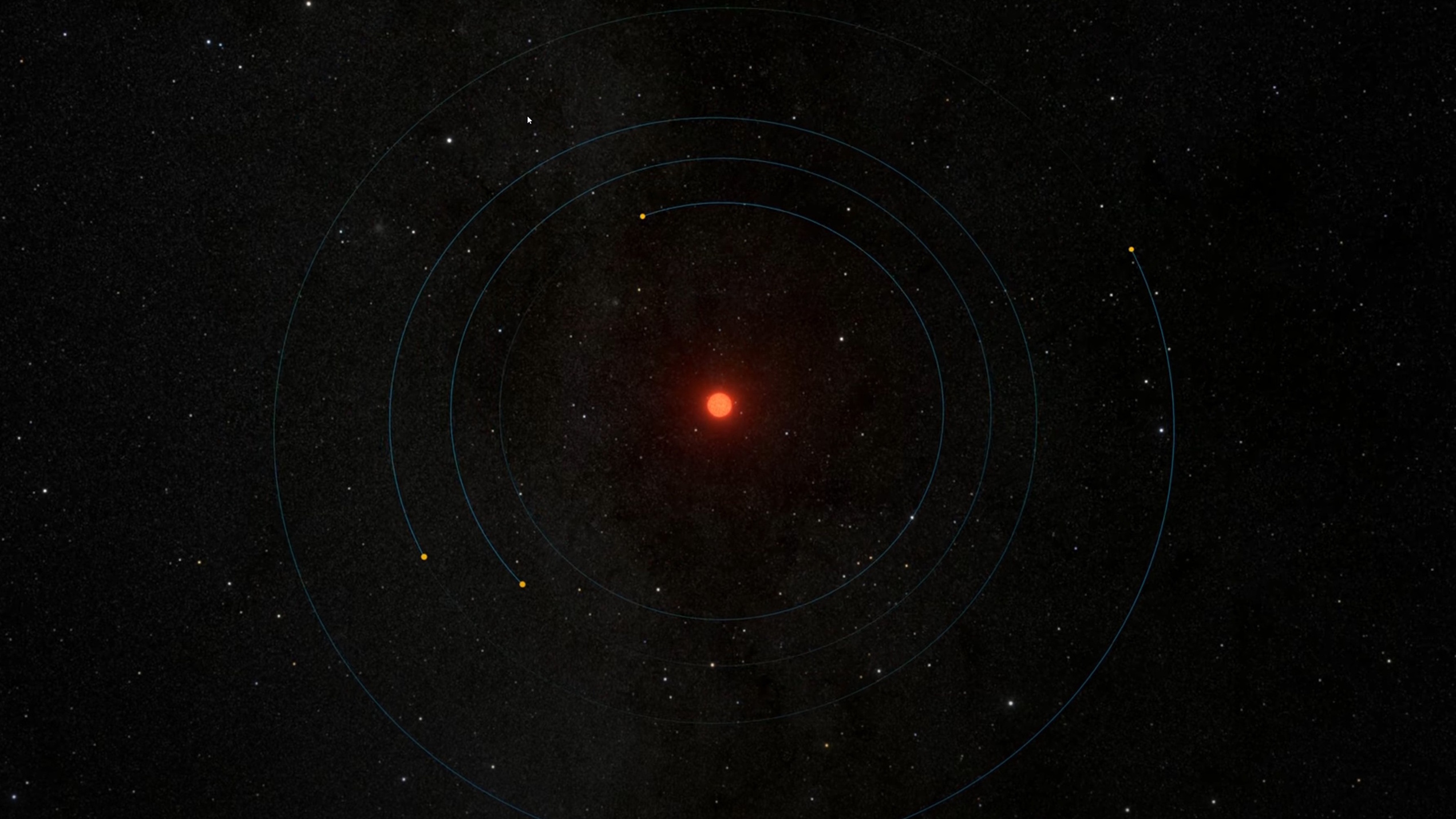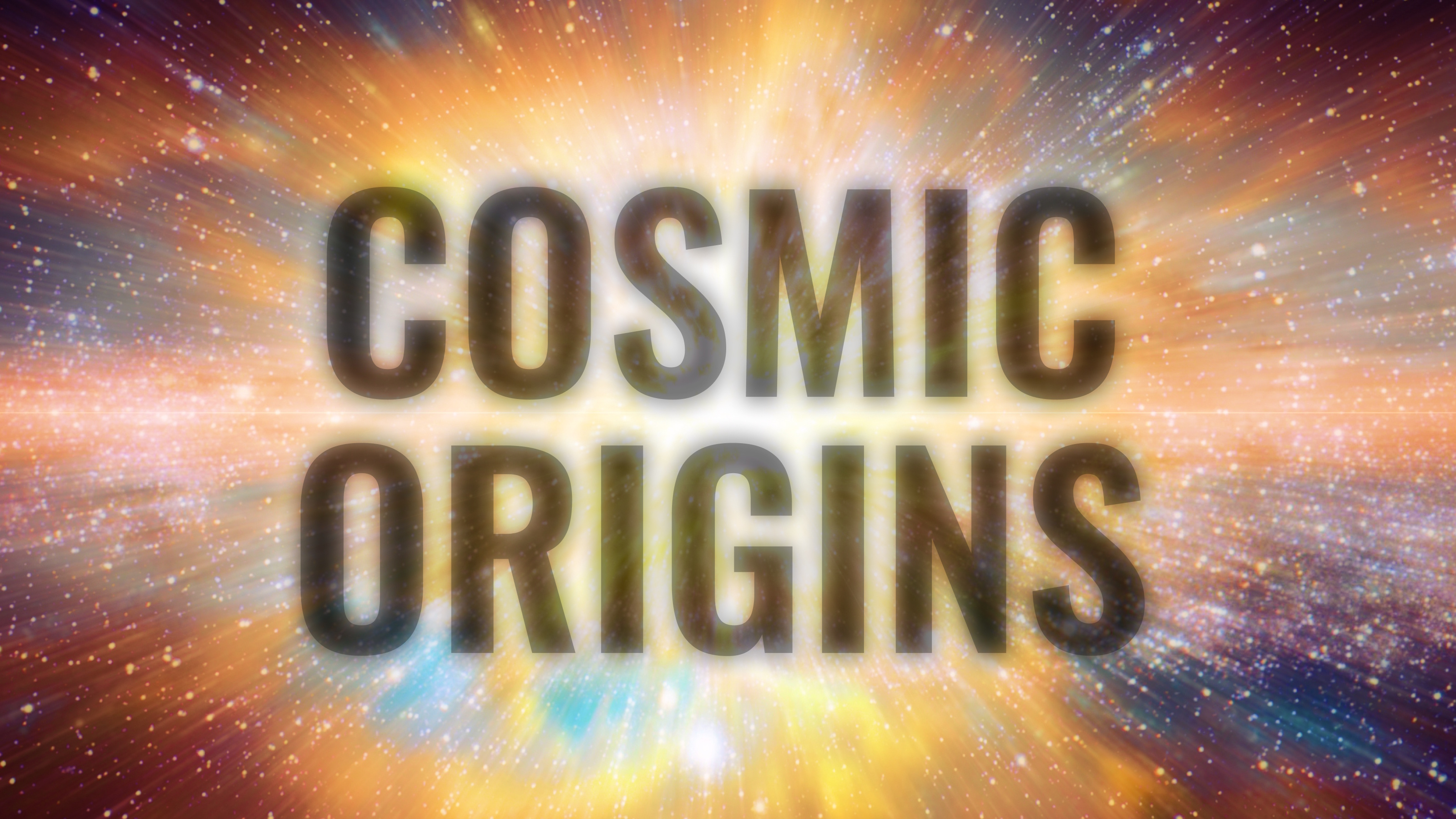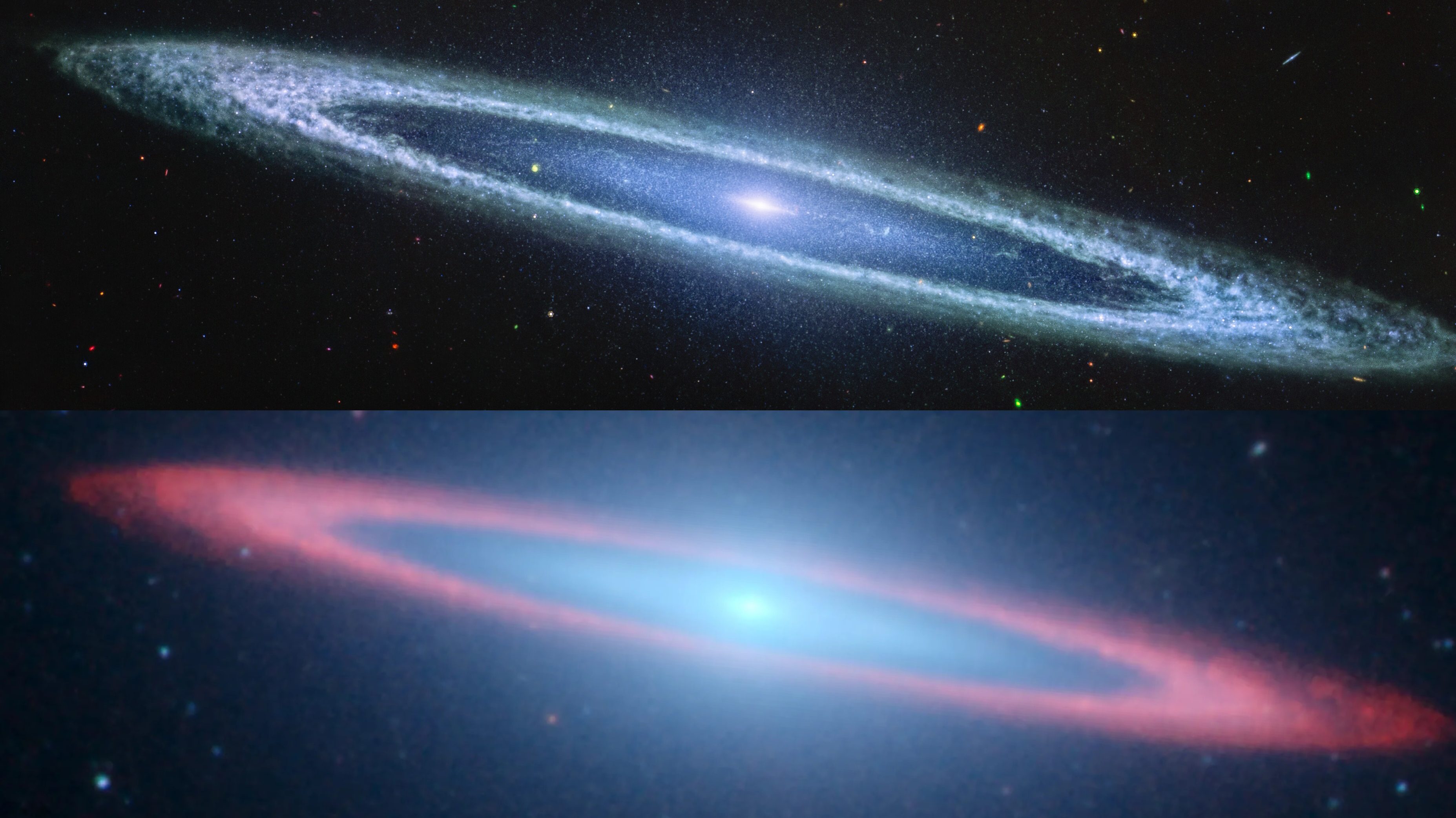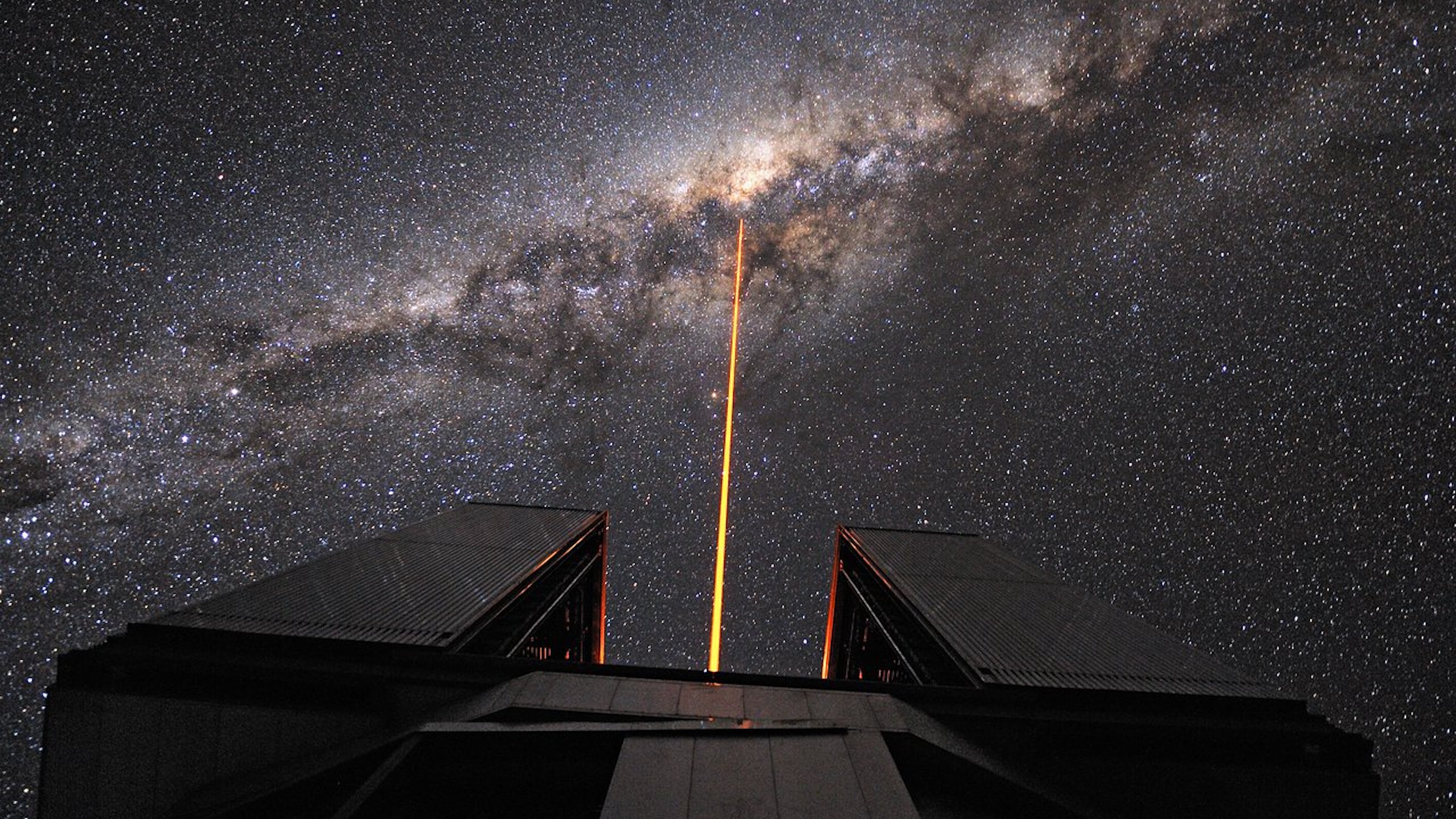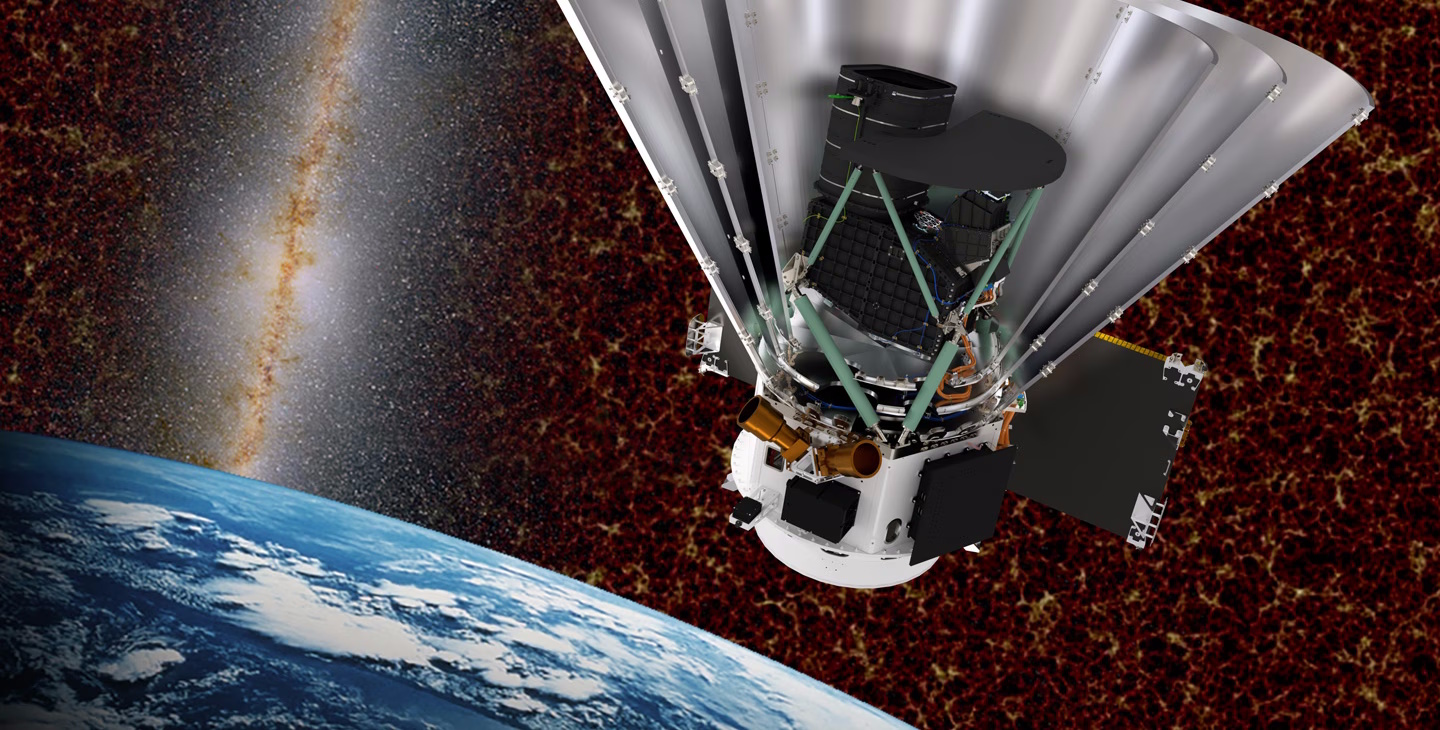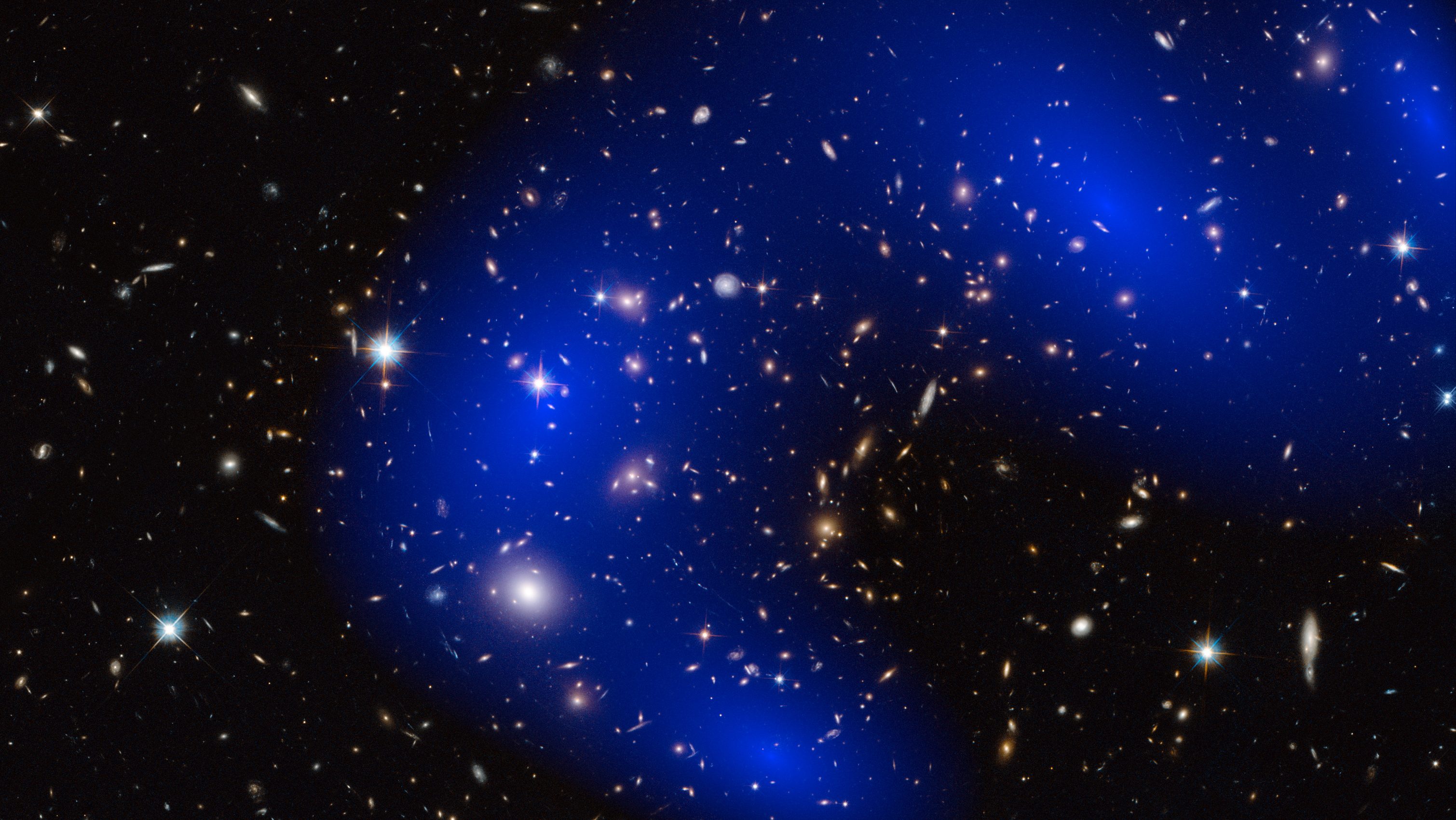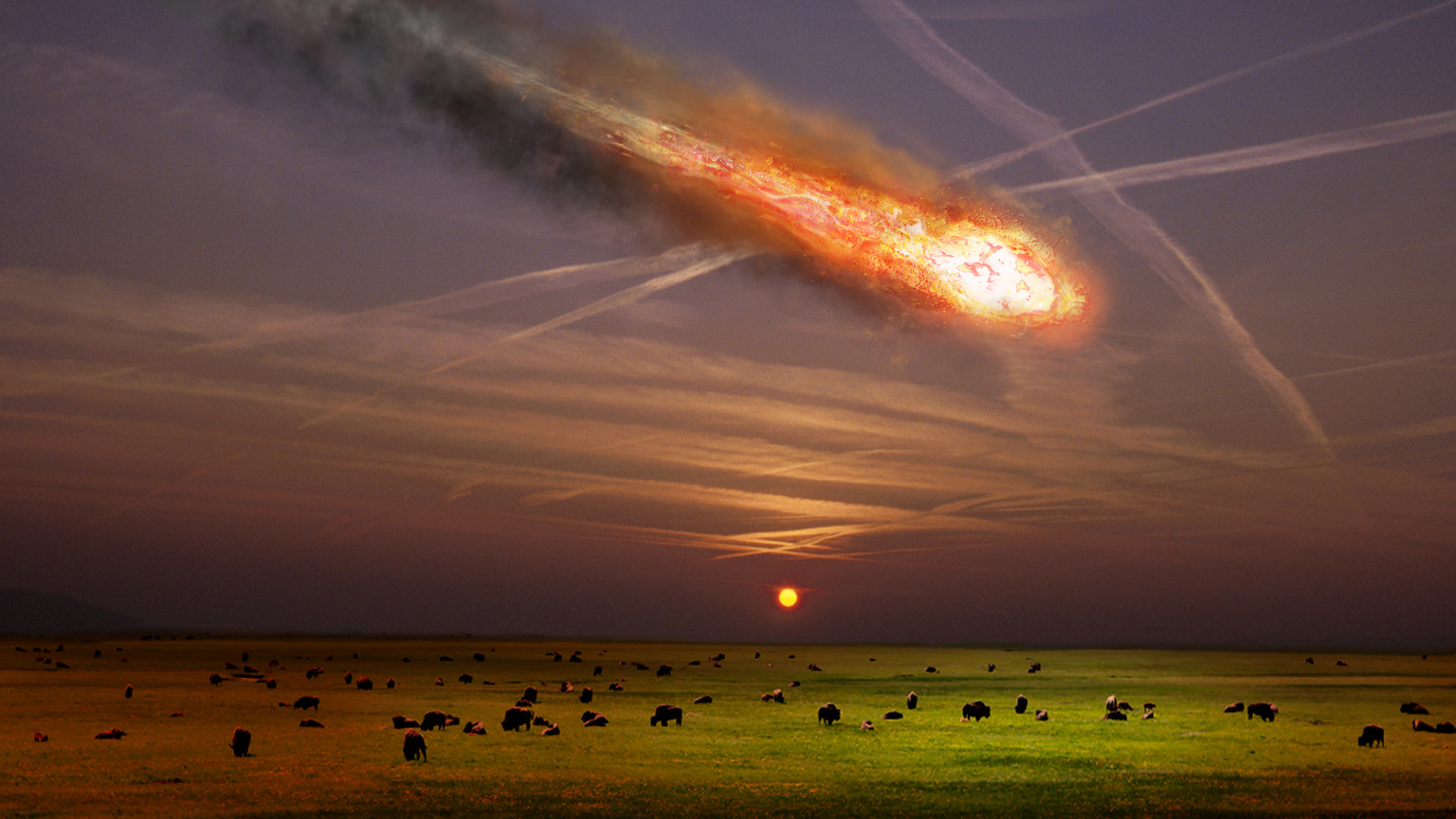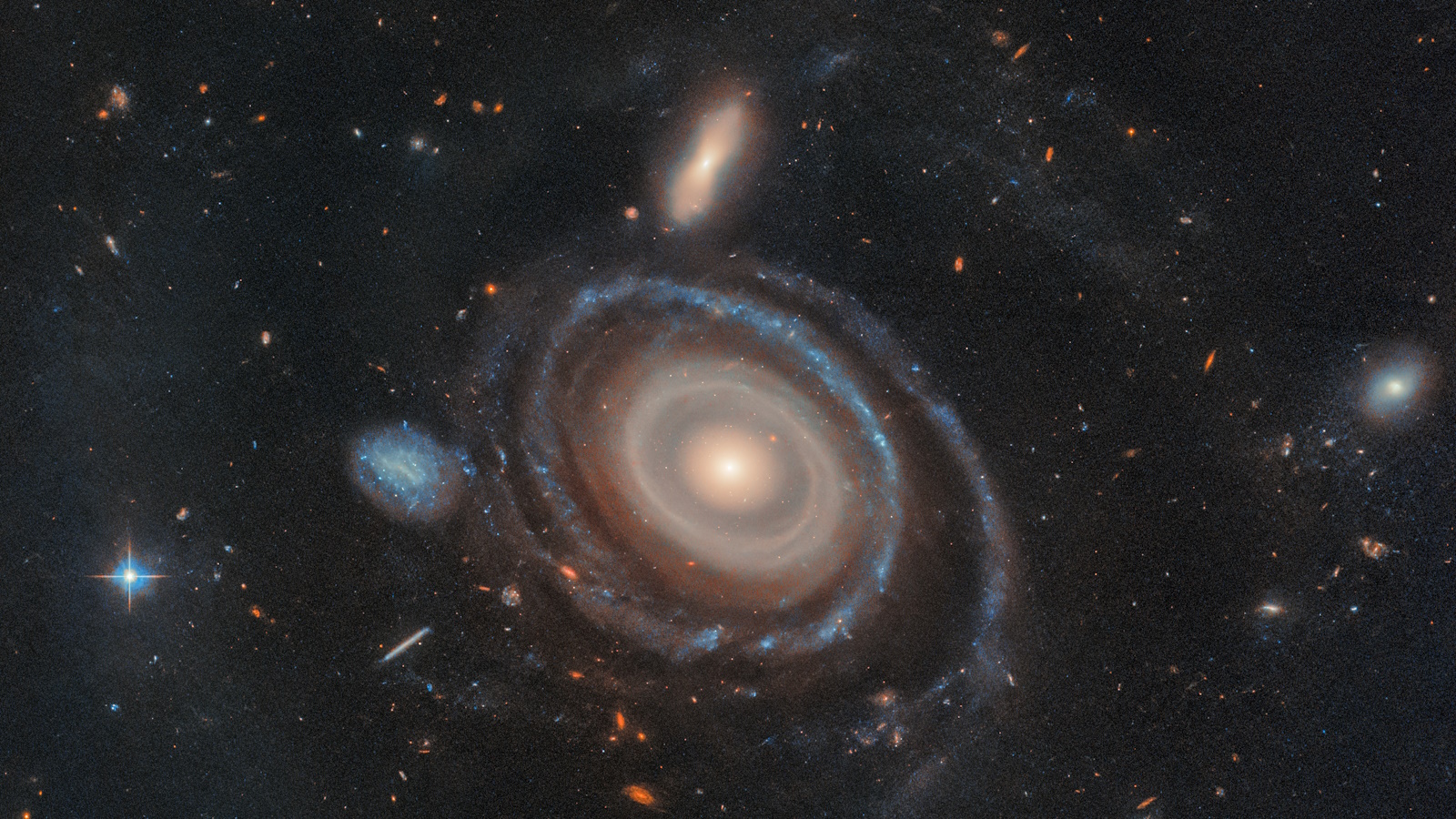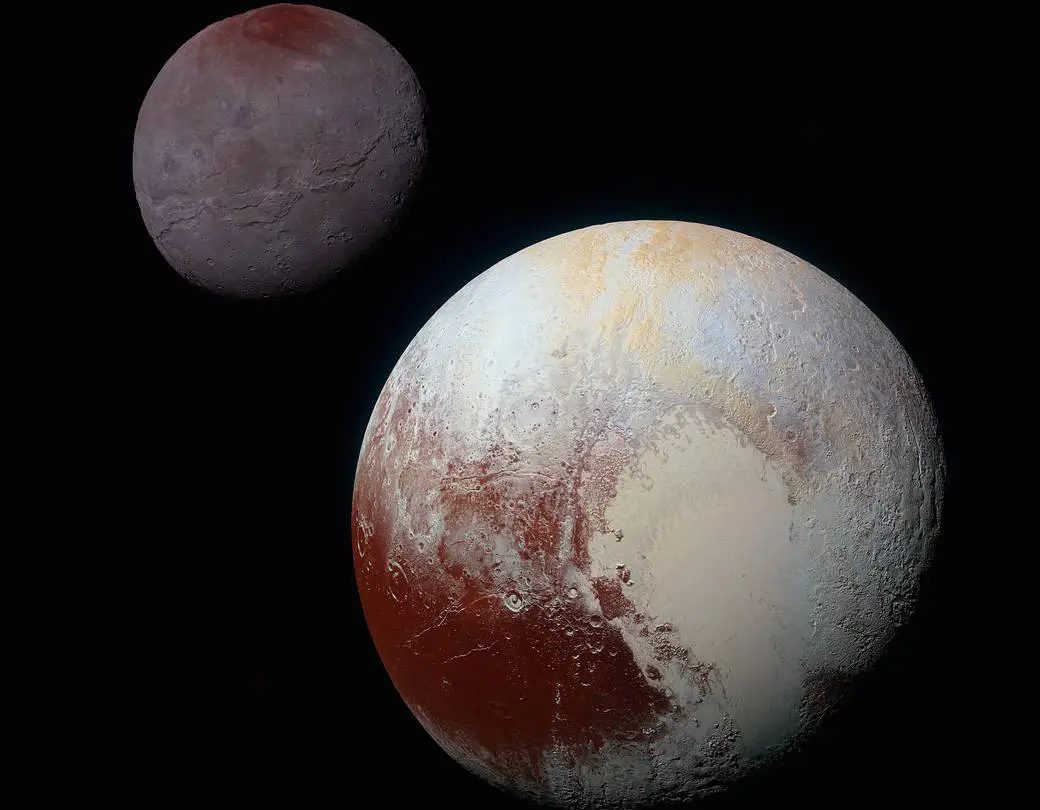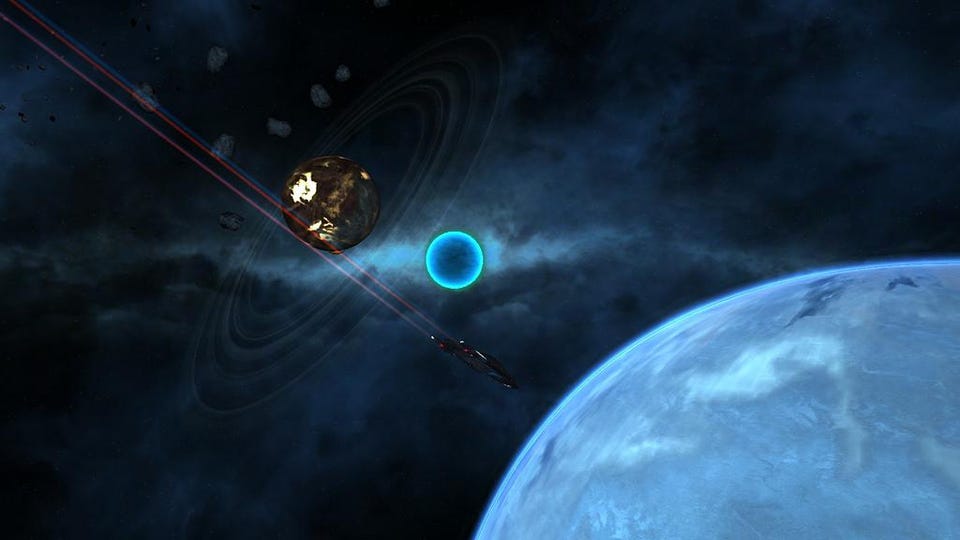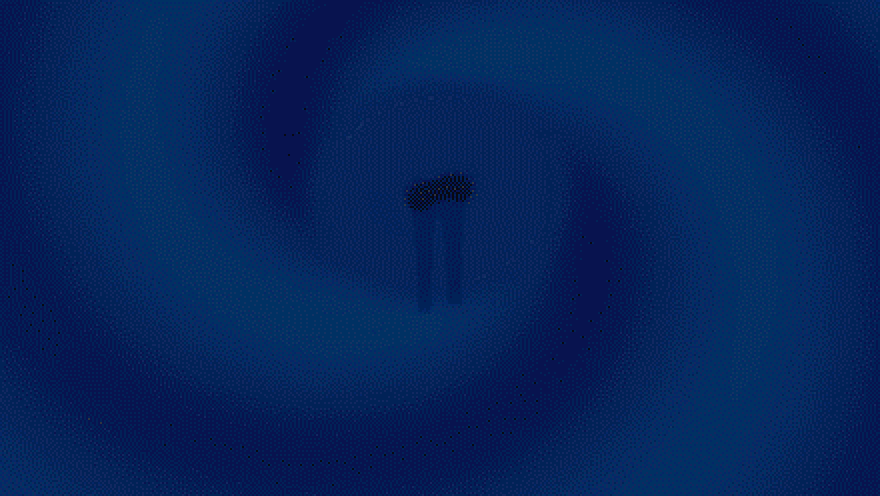Space & Astrophysics
Even from a single pixel, multiwavelength data taken over time can reveal clouds, icecaps, oceans, continents, and even signs of life.
Someday, we’ll look back and see a young galaxy forming stars for the first time. JADES-GS-z14-0, the farthest ever, isn’t early enough.
Einstein’s general relativity has reigned supreme as our theory of gravity for over a century. Could we reduce it back down to Newton’s law?
Our scientific instruments are constantly improving, revealing nature’s workings as never before. Without them, we’ll remain in the dark.
All scientific theories are limited in scope, power, and application, being mere approximations of reality. That’s why consensus is vital.
Some nebulae emit their own light, some reflect the light from stars around them, and some only absorb light. But that’s just the beginning.
When we see spiral galaxies, some are face-on, others are edge-on, but most are tipped at an angle. But which side is closest to us?
The tiniest galaxies of all are the most susceptible to violence by their larger, bullying siblings. That’s why we need them in isolation.
The Universe is expanding, and individual, bound structures are all receding away from one another. How, then, are galaxies still colliding?
Barnard’s star, the closest singlet star system to ours, has long been a target for planet-hunters. We’ve finally confirmed it: they exist!
Back in 1970, Sister Mary Jucunda wrote NASA, decrying large investments in science. A former Nazi’s legendary response is still relevant.
Since the dawn of history, humans have pondered our ultimate cosmic origins. Now in the 21st century, science has gone beyond the Big Bang.
Just 165,000 light-years away, the Large Magellanic Cloud is suspected to house a supermassive black hole. At last, evidence has arrived.
Fears of celestial collisions — and calculations of their likelihood — go back to the very origins of modern science itself.
There are some 26 fundamental constants in nature, and their values enable our Universe to exist as it does. But where do they come from?
One of the most promising dark matter candidates is light particles, like axions. With JWST, we can rule out many of those options already.
Astronomers see spiral and elliptical nebulae nearly everywhere, except by the Milky Way’s plane. We didn’t know why until the 20th century.
Perhaps the most well-known equation in all of physics is Einstein’s E = mc². Does mass or energy increase, then, near the speed of light?
We’ve wasted our time and resources ideologically policing and punishing each other for far too long. Here’s a better route to prosperity.
From the tiniest subatomic scales to the grandest cosmic structures of all, everything that exists depends on two things: charge and mass.
The CMB gives us critical information about our cosmic past. But it doesn’t give us everything, and galaxy mapping can fill in a key gap.
The full extent of the Andromeda galaxy, the nearest large galaxy to our own, has been entirely imaged with Hubble’s exquisite cameras.
Dark matter doesn’t absorb or emit light, but it gravitates. Instead of something exotic and novel, could it just be dark, normal matter?
Asteroid 2024 YR4, which could devastate a city’s worth of humans, has gone from 1.2% to 2.3% to 2.6% to 3.1% chances of impact. Here’s why.
At extremely close distances to their stars, even rocky planets can be completely disintegrated. We’ve just caught our first one in action.
Ring galaxies are rare, but we think we know how they form. A new, early-stage version, the Bullseye galaxy, provides a new testing ground.
Here in our Solar System, terrestrial bodies get moons from gravitational capture or collisions. The Pluto-Charon system? It was both.
Only 5% of the Universe is made of normal “stuff” like we are. Could there be dark matter or dark energy life, or even aliens, out there?
The primary causes of global climate change are all due to human activity. Adding aerosols to our atmosphere only exacerbates the problem.
The ultimate multi-messenger astronomy event would have gravitational waves, particles, and light arriving all at once. Did that just occur?
